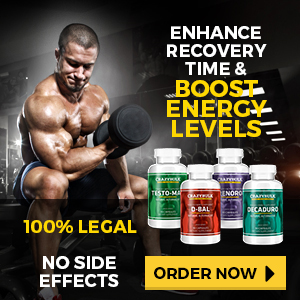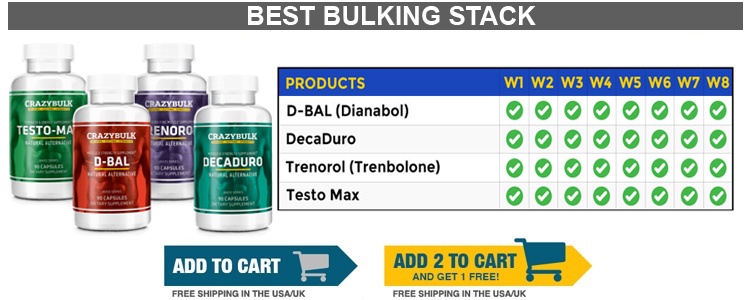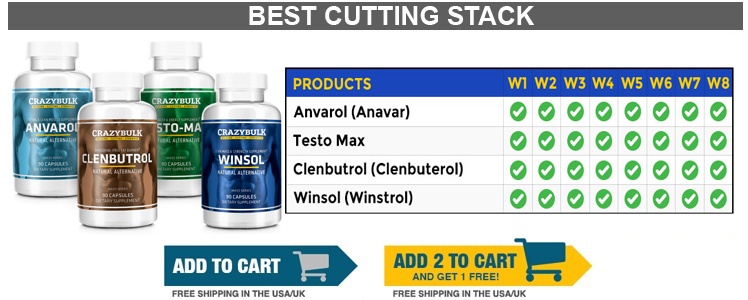 Whether you’re 18 or 80, everyone wants to have a good looking body. Yet, as we age, our bodies need different levels of macro and micronutrients in order to gain muscle or lose fat. This can make planning a diet quite tricky.
Whether you’re 18 or 80, everyone wants to have a good looking body. Yet, as we age, our bodies need different levels of macro and micronutrients in order to gain muscle or lose fat. This can make planning a diet quite tricky.
Muscle isn’t only for aesthetics, though. There’s a whole host of benefits for health, quality of life and longevity. As we get older these benefits matter more and more but are slightly harder to achieve. There’s never an age where some sort of strength training isn’t useful. Though, your diet matters a huge amount, as well as the food you can eat, can determine how much of an adaptation your body makes to your training.
There is no magic foods, supplements or one size fits all approach. It takes a little bit of learning and implementing guidelines to work out what works best for you. Looking at macronutrients (fats, carbohydrates, and proteins) and monitoring how much you eat will really help with muscle growth and fat loss.
Protein
Everyone knows that protein is one of the most important components of building muscle. The way it does this is through a process called muscle protein synthesis (MPS).
Many studies suggest that the younger you are then the more sensitive you will be to amino acids (protein) which create an anabolic (building) state within the body. This is why it’s far easier for younger individuals in the population to build muscle.
Down the other end of the spectrum, much larger doses of amino acids are needed for older individuals to build muscle and start MPS. The reason for this is down to the protein mTOR and the enzyme p70S6K which are the main drivers behind starting protein synthesis.
As well as this, there is an increase in oxidative stress as we grow older. When atoms lose an electron they travel around the body looking for another one to steal which can cause disaster in the body. The reason for this missing electron is oxidation and if this eventual stress of oxidation starts to affect cells associated with DNA then you’re in real trouble. Research has shown that diseases such as stroke, diabetes, Parkinson’s, Alzheimer’s and cancer have all been linked to oxidative stress and free radicals.
How do you combat this? Antioxidants. Antioxidants aren’t actually a compound and instead the term describes the behavior of a certain food due to what is has inside it. Though, the most common antioxidant compounds you would have heard of include vitamin A, C, E, and beta-carotene. These antioxidants donate an electron to the free radicals so that they can be complete again. They can also repair damage to the cells caused by free radicals.
Also, eating a diet that is rich in protein will aid in reducing muscle loss associated with an increase in age. More specifically: the amino acid leucine. Leucine can be found in high amounts in tuna, egg whites, red meat and chicken.
Here is a quick guide to the amount of protein required at each age per day in order to build muscle:
- < 18 years: 0.6-0.8 grams per pound of body weight
- 19-40 years: 0.8-1.1 grams per pound of body weight
- 41-65 years: 1.1-1.3 grams per pound of body weight
- > 65 years: 1.3-1.5 grams per pound of body weight
That means for a 150lb individual the ranges at 18 years are 90g – 120g per day. For the same weighted individual at 65 years or over the ranges are 195g – 225g. That’s quite a difference!
Now, you don’t have to go crazy and start measuring all of your food. All you need to do is learn the rough amount of protein in each food and you can start to eyeball it. This isn’t a bodybuilding diet or a protocol that has to take over your life. Have fun with it.
Carbohydrates
 Carbohydrates are also known to positively impact muscle growth and the rate of muscle protein synthesis. Though contrary to what we’ve just learned about protein, as we grow older we will need fewer carbohydrates.
Carbohydrates are also known to positively impact muscle growth and the rate of muscle protein synthesis. Though contrary to what we’ve just learned about protein, as we grow older we will need fewer carbohydrates.
Carbohydrates influence muscle growth due to the hormone insulin. Insulin works to push amino acids to cells so as to begin muscular growth and repairing damage in the muscle. So, carbohydrates are still needed and are best paired with protein to really boost the anabolic effects of both macronutrients as well as prolonging the body’s anabolic response. Spikes in insulin are also associated with preventing muscle breakdown and muscle wastage.
The reason that we don’t need as many carbohydrates is because we are more sedentary as we grow older and our metabolic rate declines. You’re already getting the anabolic advantages from protein so it’s good to lower the amount that you eat.
Here’s a good guide to the number of carbohydrates you should be eating at your age:
- < 20 years: 1.8-2.6 grams per pound of body weight
- 21-40 years: 1.5-2.3 grams per pound of body weight
- 41-65 years: 1.2-2 grams per pound of body weight
- > 65 years: 0.8-1.7 grams per pound of body weight
This is all just for muscle growth and not fat loss. As you build muscle you unavoidably have some fat spill over due to the increase in calories. Some people can eat more carbs than others even at the same age and not have as much fat gain so if you feel like these levels don’t quite suit you then feel free to experiment by increasing or decreasing the amount you eat.

Fat
To replace the calories lost when you decrease your carbohydrate intake you’re going to need to start eating more fats. Yet, if you’re still young and consuming quite a lot of carbs then you’re going to want to eat less fat to stop fat spill over.
You may think that fat is the artery clogging, obesity causing substance that the media portrays it to be when in fact it’s extremely beneficial for the body in a wide range of ways.
Modern research has found that fat is vital for your body to survive and there are even certain fat-soluble vitamins (A, D, E, and K) which can only be absorbed in the presence of fat. Fat has also been shown to increase levels of testosterone which is a huge driver behind muscular growth.
Good sources of fats are good quality animal fats, oily fish, avocado, olives, nuts, good quality dairy (if tolerated) and coconut. Bad sources of fats will come from vegetable oils and trans fats. Trans fats are fats which have ben structurally altered to act like a saturated fat. The reason why they’re so harmful is that saturated fats are needed by the body for a variety of reasons. If another fat comes in as an imposter and doesn’t possess the same qualities then it can cause a lot of trouble. Trans fats have been linked to a variety of health conditions including cancer.
Oily fish, in particular, is a great source of fat as it includes omega 3 fatty acids. These omega 3s help turn on genes which are involved in fat loss as well as helping to turn off genes involved in storing fat They also support a healthy thyroid, brain, and heart function.
Here are the recommendations for muscle growth per age.
- < 20 years: 0.25-0.45 grams per pound of body weight
- 21-40 years: 0.35-0.55 grams per pound of body weight
- 41-65 years: 0.45-0.65 grams per pound of body weight
- > 65 years: 0.55-0.75 grams per pound of body weight
Conclusion
You may find that your new diet is a lot more filling as both fat and protein are very satiating. Which is more filling to have at breakfast: 500 calories from eggs and bacon, 500 calories from toast and jam or 500 calories from cereal and skimmed milk? They all contain the same amount of energy but I would be my last dollar that the first option would keep you going for longer and make you feel the most full.
There’s never an age where you should stop chasing a healthier, stronger and more powerful body. Whether it’s to impress your friends, simply feel better with yourself or feel safer so that if you have a fall you can feel comfortable in the knowledge you’re less likely to break something and can get yourself back up again. Falls are one of the highest fears people have as they get old. The feeling of helplessness is something that nobody wants to feel. Nor does anyone want to feel like they have to rely on someone at all times. If you start looking after your body now then you shouldn’t have to face any situations like this.
If you’re looking to lose fat then the general rule is to eat less food in general or eat less high-calorie food. Junk and fast food need to be off the menu. You can lose fat and gain muscle at the same time but this only happens in individuals who are not used to training and have more fat to lose. Don’t expect to turn into Arnold Schwarzenegger after only a couple of gym sessions. Aim for more filling foods such as vegetables, whole potatoes and oats opposed to baked beans, chips, and toast.
You don’t need any special supplements or magic foods to achieve your goals. All you need is dedication, moderation, and consistency. If you make these three qualities a priority then you can achieve anything you want to.
Jarrett

